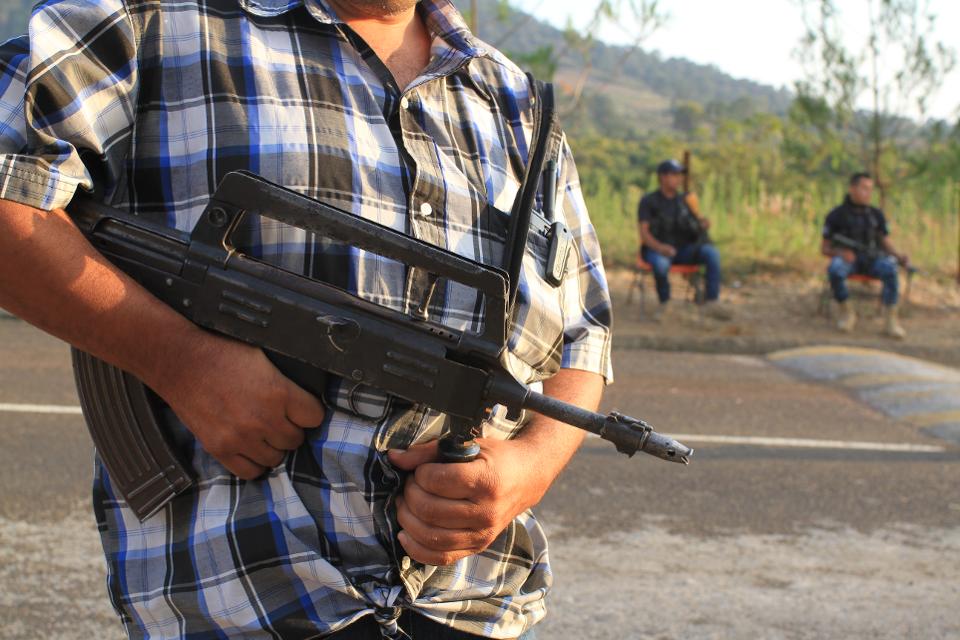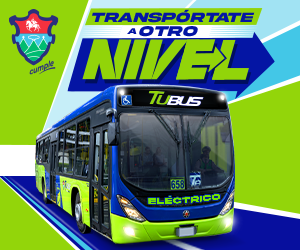From leftist guerrillas in Colombia, to militarized criminal organizations in Mexico, to powerful gangs in Brazil and Central America, countries in Latin America are struggling with the presence of powerful organized crime groups. Companies doing due diligence related to potential investments in Latin America need to do political risk analysis and understand how their operations and employees can be affected by organized crime activities, ranging from risks such as extortion and kidnapping, carjacking, cargo theft, gun battles and street violence to more mundane risks related to dealing with criminally-associated companies and unions.
In January 2020 InSight Crime published a list of the most powerful criminal organizations in Latin America. The ranking is based on evaluations of criminal groups’ cohesiveness and organization, aptitude of core leadership, ability to consolidate a clear identity, economic strength, level of state penetration, military strength and ability to use or threaten to use violence, alliances, territorial reach, and longevity. By these measures one group stands out as the most powerful criminal organization in Latin America.
1. Colombia’s National Liberation Army (ELN). The number one most powerful criminal organization in Latin America is Colombia’s ELN. The group has expanded its territorial control into Venezuela and emerged as the most powerful group in the hemisphere. Once ideologically motived and dependent on extortion and kidnapping for revenue the ELN has diversified into drug trafficking, illegal mining, and smuggling. The group detonated a car bomb in Bogota in January 2019, killing 21 people. The group has also been blamed for thousands of kidnappings and hundreds of attacks on oil pipelines over the last two and half decades. Colombian police speculate that a 2019 attack on a union leader who works for Colombian mine operated by U.S.-based Drummond Coal could have been carried out by ELN members.
While the ELN ranks first within Latin America groups from Brazil and Mexico are not far behind in terms of scale and influence.
2. Brazil’s First Capital Command (PCC). The second-most powerful criminal organization in Latin America is Brazil’s PCC. The PCC formed as a prison gang in the early 1990s but has since evolved into a powerful organized crime group that exerts a corporate-like level of administrative control over prisons and marginalized neighborhoods in Sao Paulo. The group is also involved in drug dealing and armed robberies. One their most brazen crimes was a multi-million-dollar heist carried out in 2017 at the main offices of Prosegur, an armored car company in Paraguay, in which the PCC used snipers, bombs, and bullet-proof vehicles to repel police and escape detention.
3. Mexico’s Sinaloa Cartel. The third-most powerful criminal organization in Latin America is the Sinaloa Cartel, in the news recently due to the high-profile trial and conviction of former leader Joaquin “El Chapo” Guzman and a terrifying display of force in 2019 when Sinaloa Cartel gunmen battled and embarrassed Mexico’s army and Federal Police. Heavily-armed cartel gunmen, including commandos riding in trucks fitted with high-caliber machine guns were able to detain and threaten federal security forces and demand the release of El Chapo’s son from custody. Rural areas of the state of Sinaloa are a particularly challenging environment for private sector companies. In 2015 the Chairman of Toronto-listed McEwan Mining caused a minor scandal in Mexico after he said that his company has generally had a good relationship with organized crime groups in Sinaloa following the theft of $8.5 million in gold from one of the company’s facilities.
4. Mexico’s New Generation Jalisco Cartel (CJNG). Over the last five years the CJNG has extended its reach across Mexico to border states such as Baja California and Chihuahua and has demonstrated a willingness to battle Mexico’s security forces. In 2015 CJNG gunmen shot down an army helicopter. On several occasions in recent years CJNG gunmen have hijacked buses and trucks, set up roadblocks, and paralyzed traffic in the city of Guadalajara in order to prevent the capture of senior cartel members. The CJNG has also diversified into extorting avocado growers in Mexico. (See here for my analysis on organized crime activity in Mexico’s avocado sector.)
5. Colombia’s Ex-FARC Mafia. Although Colombia has made major strides in improving security by negotiating a peace agreement and demobilizing the leftist guerrilla Revolutionary Armed Forces of Colombia (FARC), groups of FARC dissidents have consolidated into a powerful criminal organization. In September 2018 members of the Ex-FARC Mafia killed three geologists working for Toronto-based gold-mining company Continental Gold. In 2009 FARC bombers killed two people while detonating an explosive device at a Blockbuster store. The Ex-FARC Mafia is the fifth most powerful criminal group in Latin America.
A common theme in Brazil, Colombia, Mexico and other countries in the region is that national governments struggle to extend state capacity into rural areas and marginalized peripheral urban zones. Organized crime groups continue to present an array of potential risks in countries throughout the region.
See here for InSight Crime’s complete list of the most powerful criminal groups in Latin America. (https://www.forbes.com/sites/nathanielparishflannery/2020/01/31/what-are-the-5-most-powerful-criminal-groups-in-latin-america/#1b2896331d6f)






































